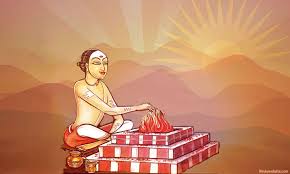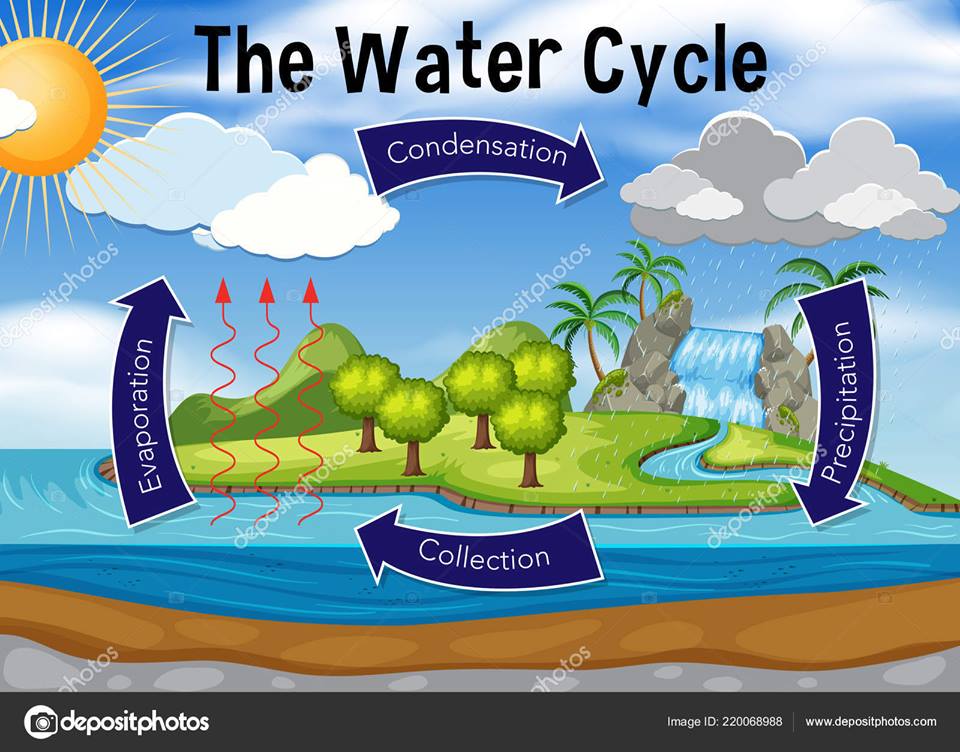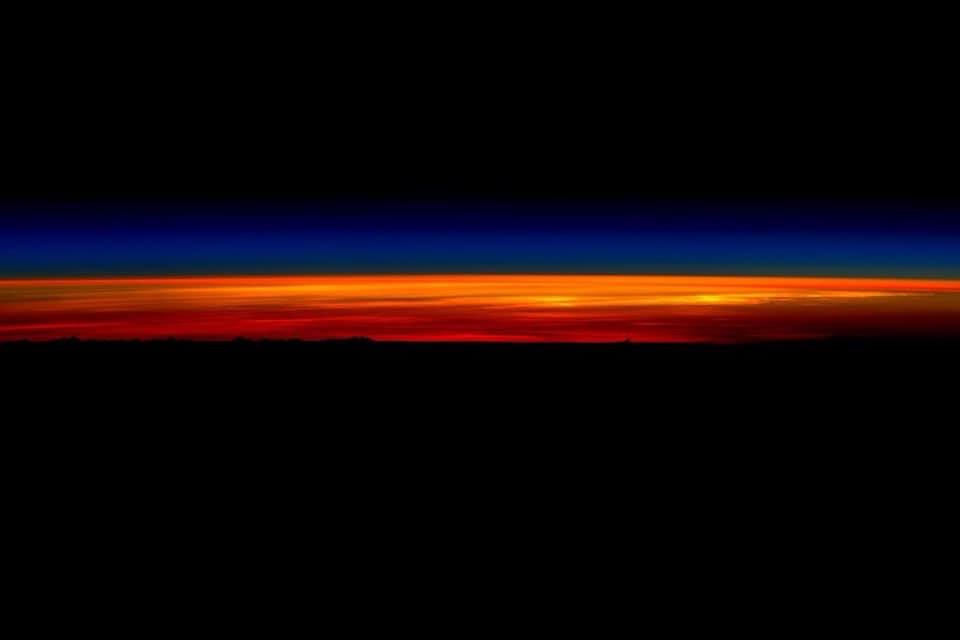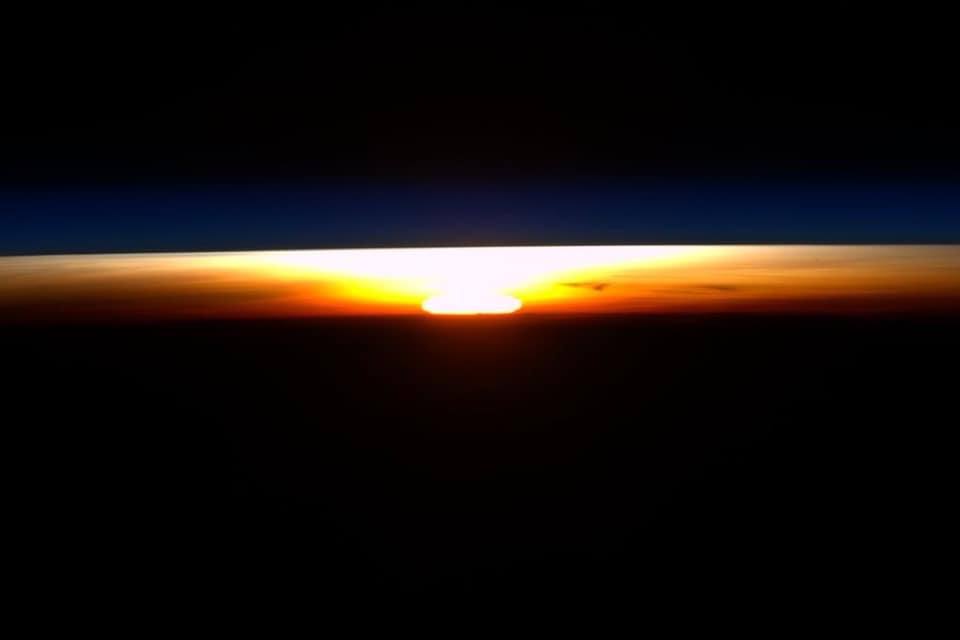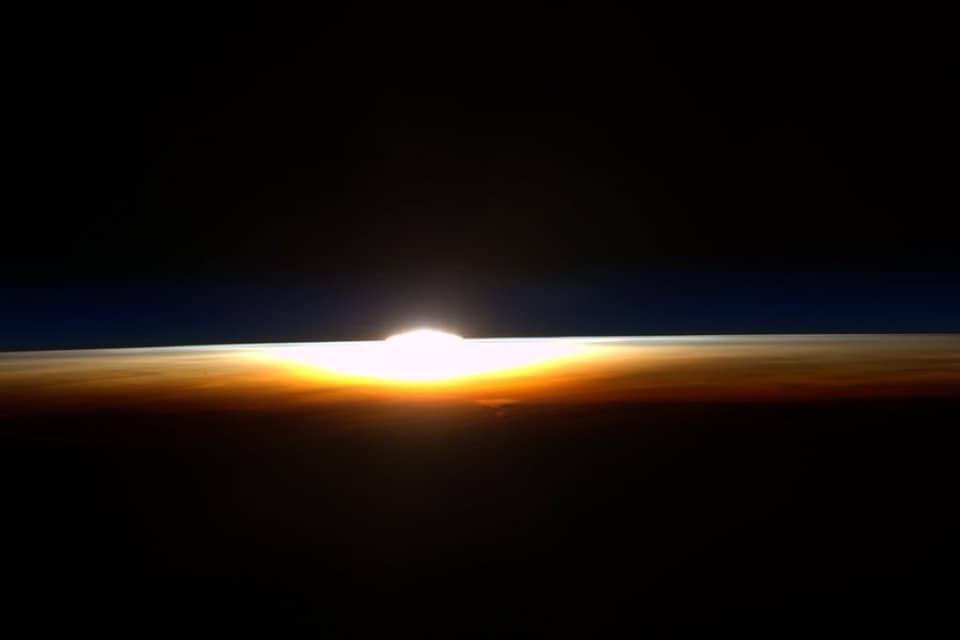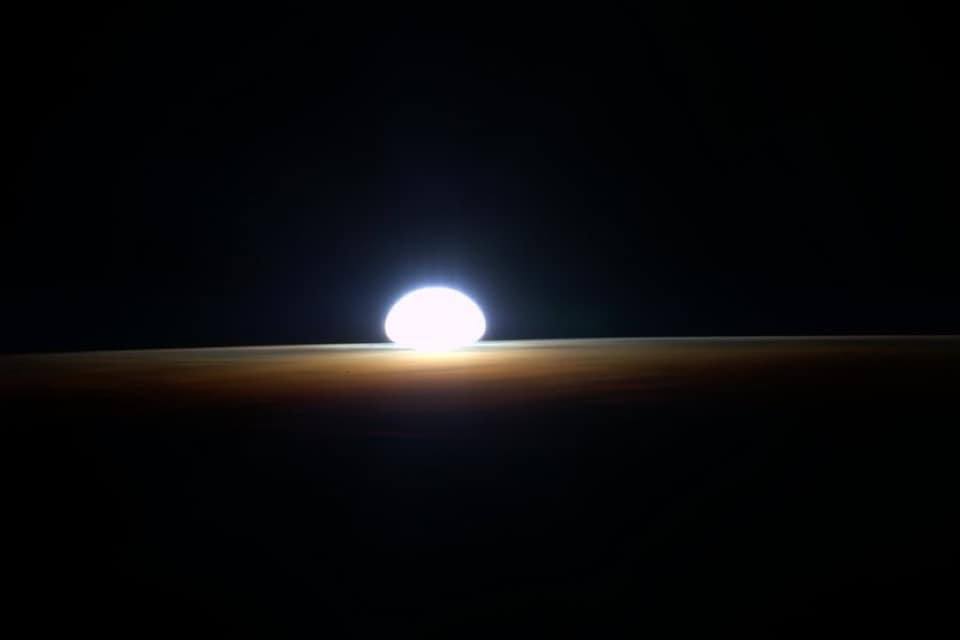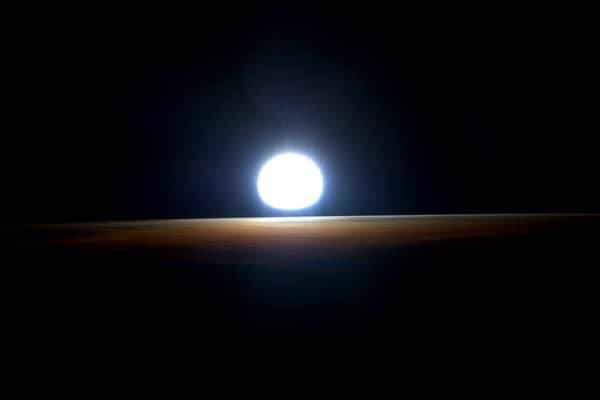Aditya Hrudayam Series Week 29
Shloka Taatparyam Shloka 24
वेदाश्च क्रतवश्चैव क्रतूनां फलमेव च। 24 ।
यानि कृत्यानि लोकेषु सर्व एष रविः प्रभुः॥ 24 ॥
Vedāśca kratavaścaiva kratūnāṃ phalameva ca। 24।
yāni kṛtyāni lokeṣu sarva eṣa raviḥ prabhuḥ॥ 24॥
Meaning:
The Sun God indeed is the (origin of) Vedas and the sacrifices (mentioned in them).
He is also the fruit obtained by performing the sacrifices.
He is the lord who powers all the actions in this universe
He is everything for this Universe.
This shloka reiterates Lord Surya as the universal powerhouse (both spiritual and scientific) that energizes all the actions in the world. Without Him nothing happens and life comes to a stand still. Sun’s energy powers all kind of actions on earth. Sun provides light and heat for life on earth. Sun powers water cycle, weather cycle, makes day/night units of Time which is eternal, makes it possible for plants to grow which in turn support all other forms of life. And, a miniscule fraction of the total output of Sun’s energy is all that is required to power all these actions. The Sun is such a blessing to this universe that we all take for granted. Solar energy is free, readily available at all times all around the world, ready-to-use, no pollution to worry about, and most important of all, will not run out any time in the near future. Now that is quite a powerhouse.
To me, this shloka feels more like a concluding summary. Aditya Hrudayam is a very unique hymn in the sense that the core prayer shlokas (#16 thru #20) are flanked on either side by glories of His attributes and phala shruthi. Shlokas are structured in a very unique way. 1 &2 are introduction, 3 thru 5 are phala shruthi, 6 thru 15 are His attributes, and 16 thru 20 are the core shlokas of the prayer. Then again, 21 thru 24 praise His glories, 25 thru 27 are phala shruthi, and the remaining four shlokas are the conclusion. The Sage perfectly summarizes His glory by praising Him the Lord of all actions in the universe leading to the next segment, the phala shruthi.
वेदाश्च Vedāśca – Vedas
क्रतव kratava – sacrificial rituals
श्चैव ca+Eva – indeed (is) also
क्रतूनां kratūnāṃ – of these sacrifices rituals
फलमेव phalameva– fruit
च ca – and
यानि yāni – whatever, whichever
कृत्यानि kṛtyāni – actions that happen
लोकेषु lokeṣu – in the world
सर्व sarva – all
एष eṣa – He
रविः raviḥ – The Sun
प्रभुः prabhuḥ – lord

